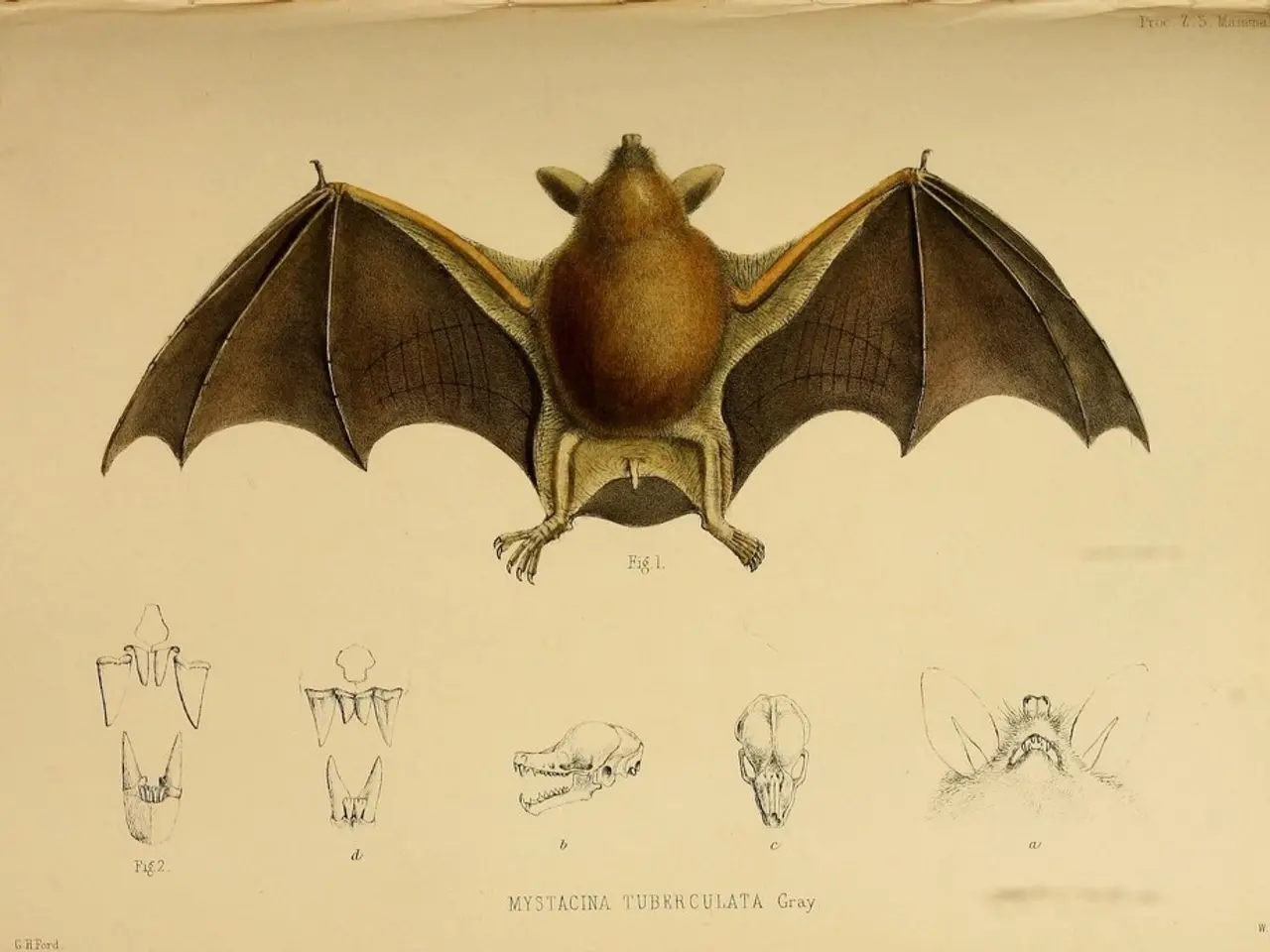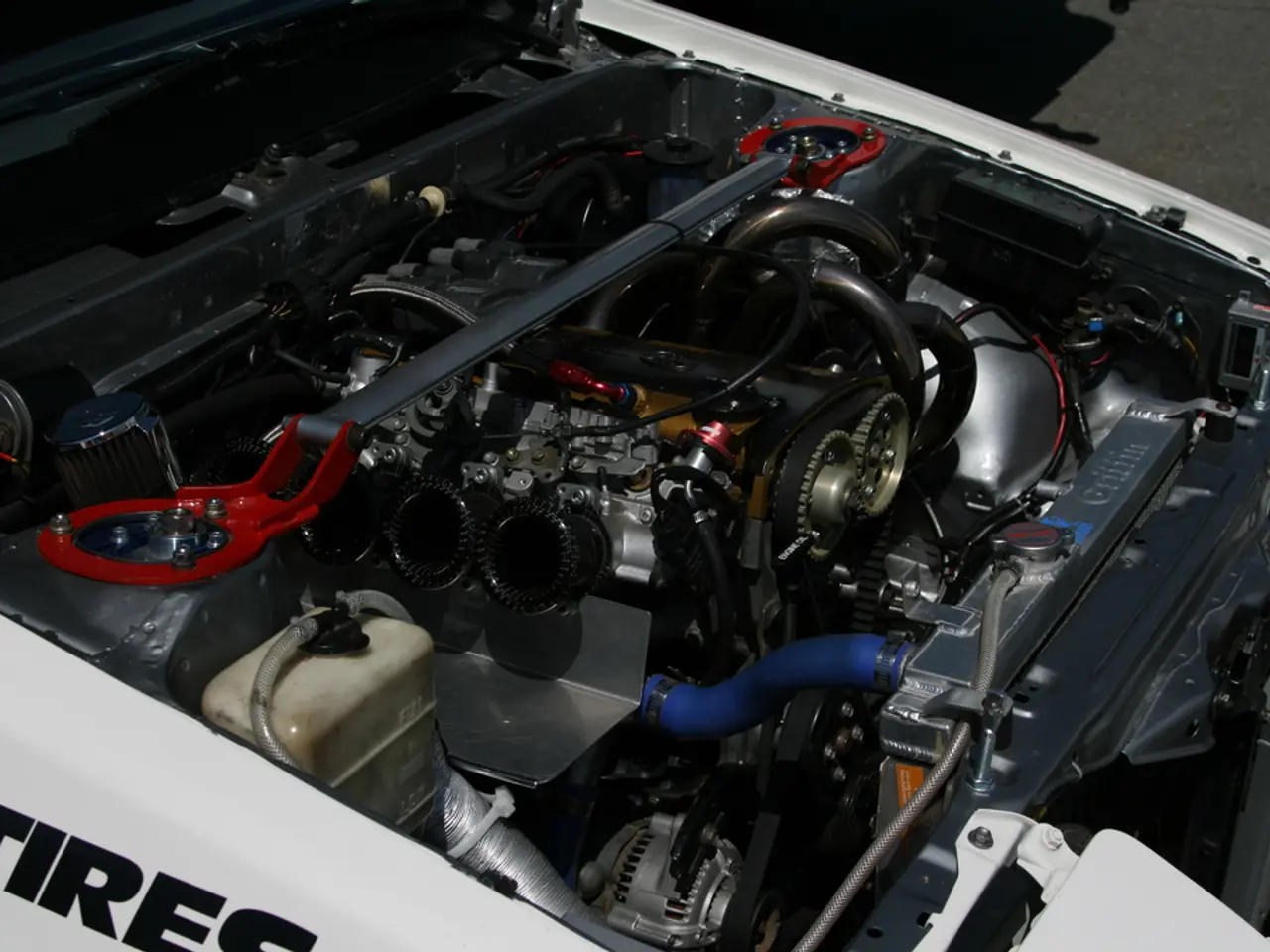Title: Non-recoverable Coke Oven Battery Technique - Method 303A
The EMC Directory, a resource for finding contacts within the EMC organization for EMC-related questions, is not related to the topic of this article. Instead, we're focusing on Method 303A, a U.S. Environmental Protection Agency (EPA) standardized procedure for the determination of visible emissions from nonrecovery coke oven batteries.
Method 303A is a critical tool for environmental compliance, enforcement, and air pollution control in the coke production industry. It provides a detailed protocol for observers to visually evaluate and quantify the opacity of emissions, which is essential for regulatory compliance and air quality monitoring.
Detailed Explanation and Purpose
The method focuses on evaluating visible emissions (opacity) arising from nonrecovery coke oven batteries, industrial facilities involved in coke production without recovery of by-products. Visible emissions refer to any cloud of particulate matter or smoke from the oven stacks or batteries that can be visually perceived. The opacity measurement is used to determine compliance with environmental standards since excessive visible emissions indicate higher particulate pollution.
Process Overview of Method 303A
- Observation Setup:
- The observer selects a suitable observation location with a clear view of the emission source (e.g., coke oven battery stacks).
- Background conditions are chosen to maximize visibility contrast, typically a uniform sky or a light-colored background.
- Observations are made under suitable lighting conditions (daylight or well-lit) to ensure accurate visual assessment.
- Observation Procedure:
- Using the Method 9 procedure as a basis, the observer visually estimates the opacity of the emissions.
- Opacity is expressed as a percentage (0% means no visible emissions; 100% means completely opaque).
- Opacity observations are made in 15-second intervals over a 6-minute period, resulting in 24 opacity readings.
- Data Recording:
- The observer records each opacity observation immediately.
- The highest opacity at any time during the observation period is noted.
- The average opacity is calculated from the 24 readings to assess general emission levels.
- Reporting and Interpretation:
- Opacity data are compiled to determine compliance with emission standards.
- Specific thresholds set by regulatory agencies (e.g., 10% or 20% opacity limits) correspond to permitted emission limits.
- If opacity exceeds limits, it indicates excessive particulate emissions requiring corrective action.
- Quality Assurance:
- Observers must be trained and certified in the methodology (EPA Method 9 certification).
- Observations must be repeated at intervals or during varying operating conditions to ensure representative data.
Key Features of Method 303A
- Provides a standardized visual assessment protocol specifically tailored for the characteristic emissions of nonrecovery coke oven batteries.
- Ensures consistency and comparability of opacity data across sites and time periods.
- Employs simple equipment (trained observer and opacity chart) rather than complex instruments.
Summary Table
| Step | Description | |----------------------|------------------------------------------------------------------------------------------------| | Observation Location | Clear vantage point with suitable background and lighting | | Observation Duration | 6 minutes total, opacity readings every 15 seconds (24 readings total) | | Measurement | Visual opacity estimation (percentage) using EPA Method 9 protocol | | Data Analysis | Calculation of average and maximum opacity values | | Compliance Check | Compare opacity values against regulatory thresholds for nonrecovery coke oven battery emissions|
While detailed official procedural steps, instrumentation, and observer training are specified in the EPA document for Method 303A, the above summary captures the essential explanation and process. If access to EPA Method 303A full text is needed, it is usually found in the Code of Federal Regulations (CFR) or EPA Technical Manuals.
Note: The document provided is titled "Method 303A Determination of Visible Emissions From Nonrecovery Coke Oven Batteries 8-4-2017 (pdf)" and is in PDF format. It provides a method for testing visible emissions from nonrecovery coke oven batteries and is a CFR Test Method. However, this document is not related to the EMC Directory or contacts within the EMC organization.
- The use of Method 303A in the coke production industry highlights the intersection of science, as it's a standardized protocol for environmental monitoring, and finance, as the regulation of emissions can impact a company's bottom line.
- The implementation of Method 303A for air quality monitoring in the coke industry serves as an example of environmental-science principles being applied in industry practice.




